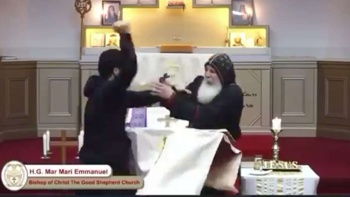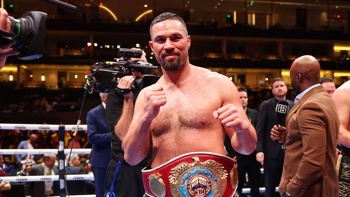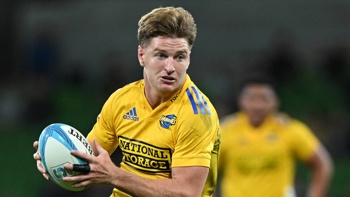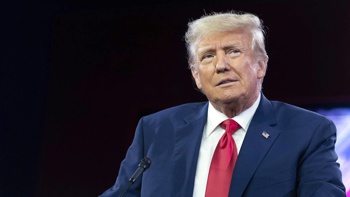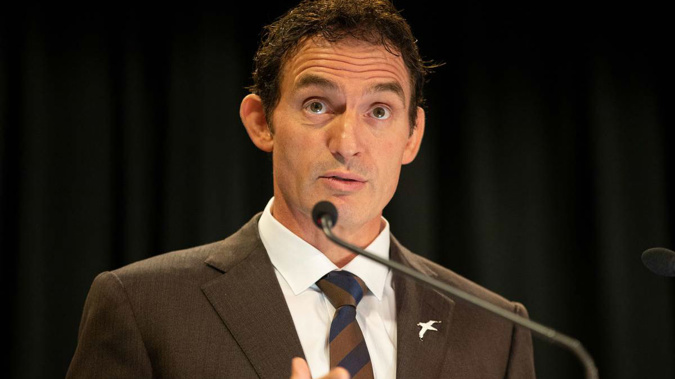
The Government's gun buyback scheme covers hundreds of types of guns as well as high capacity magazines and other parts, but excludes economic loss or losses for business interruption.
It will also include a $300 payment for gun owners who wish to modify their illegal gun into a legal one, for example changing a shotgun cartridge capacity from seven to five.
And the size of the scheme's coffers, which has been questioned as too low, has received a $40 million injection from ACC.
Combined with the money set aside in Budget 2019, the Government now has $190 million to buy the guns back and $18 million to set up the scheme to collect them.
Police Minister Stuart Nash and Finance Minister Grant Robertson announced details of the scheme this morning, following the gun law reform in April that banned most military-style semi-automatics (MSSA) and associated components in response to the Christchurch terror attack that killed 51 people.
Firearms owners and dealers have been waiting since March for the scheme's details, and setting prices too low risks discouraging gun owners from handing in their firearms.
Police are today releasing an extensive list of guns, each with a price for poor condition (25 per cent of the base price), average condition (70 per cent of the base price), and new or near-new condition (95 per cent of the base price).
The list also includes gun parts - including magazines, silencers, open sights and custom triggers - with a different price setting: 70 per cent of the base price for new or used, and 25 per cent of the base price for poor condition.
The base prices range up to $10,000 for semi-automatic rifles and are close to the retail price.
While economic or business losses are excluded, such as lost income or employment, booked travel to events to use MSSAs, or losses from investment in shooting facilities, dealers can still cash in their existing stock of banned guns and parts, and there will be no cap on the number of items that can be compensated for.
Compensation for firearms will only be paid to those with a valid firearms licence, which won't be needed for compensation for prohibited parts and magazines.
As expected, police will go out to communities to collect guns, rather than expect people carrying weapons to queue up outside police stations. This will start from mid-July.
Less preferred options will also be available, including handing in items to an approved dealer, police pick-up in high-risk circumstances, and handing them in at police stations.
"The police preference is for people to hand-in firearms, parts, magazines and ammunition at the large community events," Nash said.
"This will be the most effective and efficient approach. Until then, firearms owners should keep their items safe and secure."
The firearms and parts will then become property of the Crown and will be destroyed.
A total of 672 firearms have been handed into police so far, with a further 4815 declared for surrender via the online form.
Nash also confirmed that the amnesty for owners of illegal firearms has now been extended to December 20.
The buyback scheme was initially expected to be released in May, with an amnesty until the end of September.
Nash said that the price list was based on independent advice from KPMG, which consulted farmers, hunters, dealers, auctioneers and gun clubs.
In general terms, a near new item means it is difficult to determine whether it has ever been used, a used item has superficial wear and tear or minimal pitting or corrosion, and an item in poor condition could be unsafe, inoperable, rusty, damaged, corroded, dented or have missing parts.
The law allows for appeals to be made to the District or High Court.
Budget 2019 set aside $150 million to buy the guns and $18 million for setting up the scheme, including collecting them.
Robertson welcomed the extra $40 million from ACC, saying it was a recognition that fewer MSSAs would likely reduce the severity and incidence of injuries.
"As I stated on Budget day, if we need to top up the funding, we will," Robertson said.
There are no records of how many illegal firearms will qualify for buyback.
About 14,300 MSSAs are registered with police. Most of the estimated 760,000 rifles and 380,000 shotguns will remain lawful.
The Council of Licensed Firearm Owners has previously estimated that a fair buyback scheme could cost as much as $1 billion if it included loss of business and income.
Police hope to pay eligible people who surrender firearms within 10 days.
Firearms owners should contact police - police.govt.nz or 0800 311311 - to complete the formal notification process, and then bring a record of the paperwork to the collection points.
An owner of a unique firearm not covered by the police list can pay a fee and apply for separate valuation.
During the select committee process, Hunting & Fishing chief executive Darren Jacobs asked for the exemptions to the law to include semi-automatic shotguns with seven-round cartridges.
Instead the Government has decided to put $300 towards people who want to modify firearms' cartridges to make them legal.
Police will also publish a list of approved gunsmiths who can carry out modification work.
A second phase of gun law reform, which Cabinet will consider in the next few weeks, will look at issues such as the licensing regime and a national firearms register.
Take your Radio, Podcasts and Music with you






